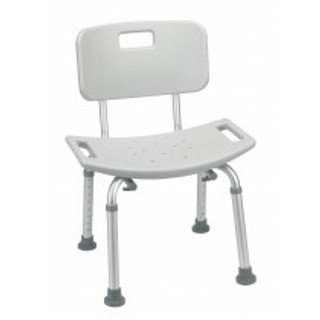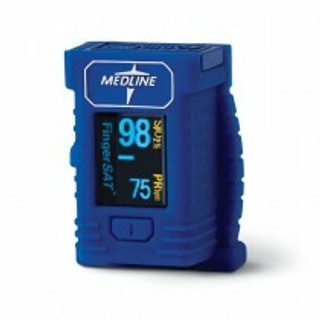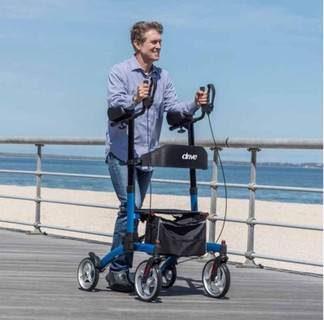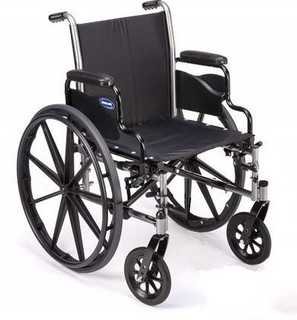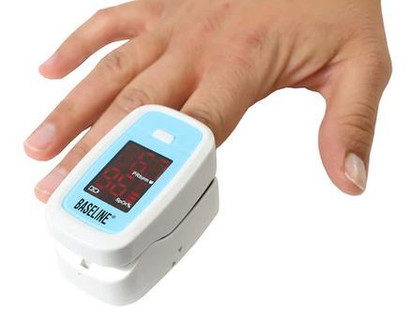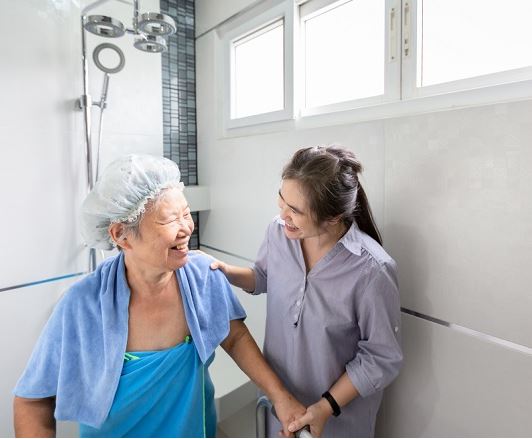Step-By-Step Bathroom Safety Guide for Seniors and Dementia Patients
Ensuring bathroom safety for seniors, especially those with dementia, requires careful planning. Dementia adds unique challenges such as confusion, difficulty following routines, and impaired judgment, so it’s important to incorporate safety measures that address both physical and cognitive needs. Here’s a step-by-step guide to make the bathroom safer:
Step 1: Assess the Bathroom Layout
- Evaluate the bathroom’s accessibility: Consider whether the bathroom space allows easy access for wheelchairs, walkers, or caregivers. If necessary, expand doorways or modify the layout to reduce clutter.
- Identify potential hazards: Look for slippery floors, sharp edges, or obstacles that could cause tripping or confusion.
Step 2: Install Grab Bars and Handrails
- Install sturdy grab bars near the toilet, shower, and bathtub to assist with sitting, standing, and balance. Use bars that are textured or colored to make them more visible for people with impaired vision.
- Place grab bars at appropriate heights: Ensure they are easily reachable from all seating or standing positions in the bathroom.
- Use contrasting colors: Seniors with dementia may have difficulty distinguishing objects, so use contrasting colors for grab bars and the walls for clear visibility.
Step 3: Improve Lighting
- Enhance lighting throughout the bathroom: Seniors with dementia may struggle with depth perception, so bright, evenly distributed light is crucial.
- Install nightlights or motion-sensor lighting: This helps prevent disorientation during night-time bathroom visits. Motion-sensor lights can reduce confusion when trying to find switches.
- Avoid harsh or flickering lighting: These can cause agitation or discomfort for dementia patients. Use soft, non-glaring lights.
Step 4: Use Non-Slip Flooring
- Install non-slip mats inside the shower or bathtub, as well as on the bathroom floor. Ensure that these mats are securely fixed to avoid shifting.
- Avoid rugs that can cause tripping: If you must use rugs, ensure they have non-slip backing and are flush with the floor.
Step 5: Simplify Faucets and Controls
- Use easy-to-use faucets: Lever-style faucets are easier to manipulate for seniors with arthritis or dementia, compared to twist knobs.
- Add color-coded taps: Clearly label hot and cold water taps using red and blue to prevent confusion. Some dementia patients may forget which side is hot or cold.
- Install anti-scald devices: These devices prevent water from becoming too hot, protecting seniors from burns.
Step 6: Modify the Toilet Area
- Install a raised toilet seat: A raised seat makes it easier for seniors to sit and stand without straining.
- Add toilet armrests or grab bars: These provide additional support when sitting down or standing up.
- Color contrast the toilet: For dementia patients, making the toilet seat a different color from the surroundings can help with visual recognition.
Step 7: Install a Walk-In Shower or Bathtub
- Consider a walk-in bathtub or a curbless shower: These reduce the need to step over a high ledge, making it safer for seniors with mobility issues.
- Add a shower chair or bench: This provides stability for those who struggle with balance or standing for extended periods.
- Install a handheld showerhead: A handheld showerhead allows seniors to wash more easily while seated, reducing the risk of falls.
Step 8: Monitor Water Temperature
- Set the water heater to a safe temperature (below 120°F or 48°C) to prevent scalding.
- Install temperature-controlled or anti-scald valves: These regulate water temperature and prevent sudden changes in hot or cold water.
Step 9: Label and Organize
- Use clear, simple labeling: Dementia patients may forget what certain items are for, so labeling cupboards, drawers, and even soap dispensers with large, easy-to-read labels can help reduce confusion.
- Remove unnecessary items: Keep the bathroom simple and free of clutter to avoid overwhelming a person with dementia.
Step 10: Emergency Precautions
- Install an emergency alert system: Use pull cords or place emergency buttons within easy reach (near the toilet and shower) to allow seniors to call for help if they fall or get confused.
- Wearable alert devices: Encourage the use of medical alert necklaces or bracelets that can be worn by dementia patients to call for help in an emergency.
Step 11: Routine and Caregiver Support
- Establish a bathroom routine: Dementia patients thrive on routine, so establish regular bathroom times to reduce confusion and accidents.
- Caregiver presence: In some cases, the safest approach is for a caregiver to supervise bathroom use, particularly during bathing.
Step 12: Color Coding and Visual Cues
- Use contrasting colors for different areas of the bathroom, such as the sink, toilet, and shower, to make each space stand out visually.
- Place signs or arrows to guide dementia patients. For example, arrows leading to the toilet or sink can help them navigate the space.
Step 13: Consider Smarter Technology
- Automatic shut-off taps: These can prevent flooding or water waste if a dementia patient forgets to turn off the water.
- Sensor-triggered lights and sound systems: Some bathrooms can be equipped with sensors that activate lights and calming music, which can reduce agitation or anxiety during bathroom visits.
By combining physical safety modifications with dementia-friendly strategies like clear labeling, visual cues, and consistent routines, the bathroom can be made much safer for seniors with dementia.
Popular bathroom safety supplies and equipment to help keep your senior safe.
Nova Drop Down Commode

Nova Bath Seat with Detach Back

Drive Medical Aluminum Rehab Shower Commode Chair






